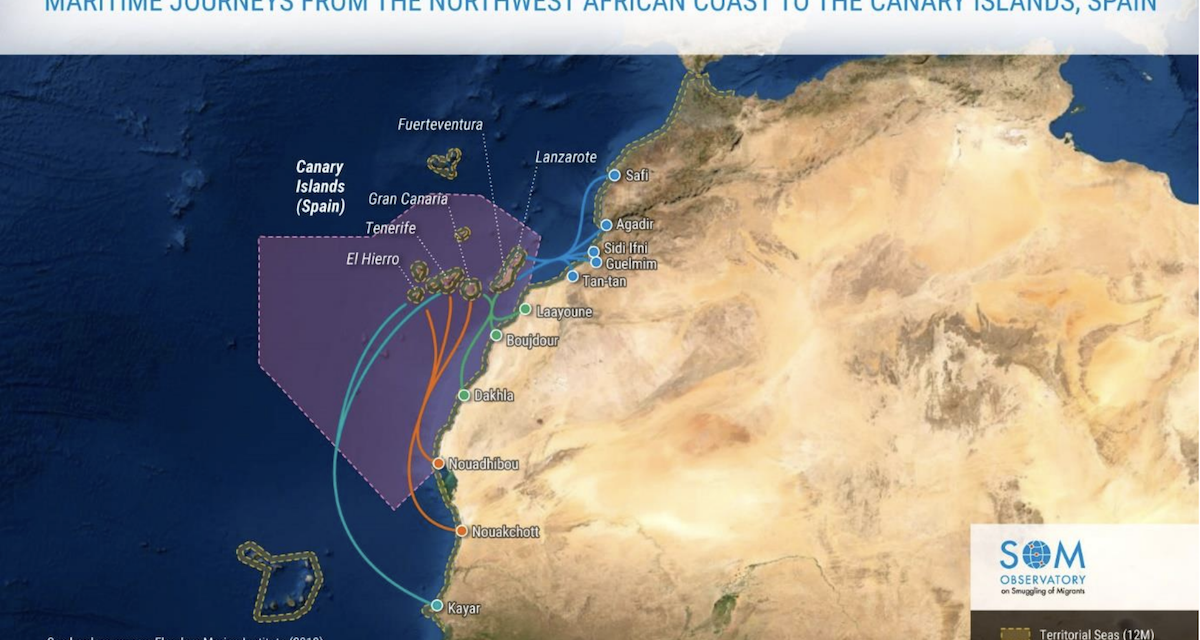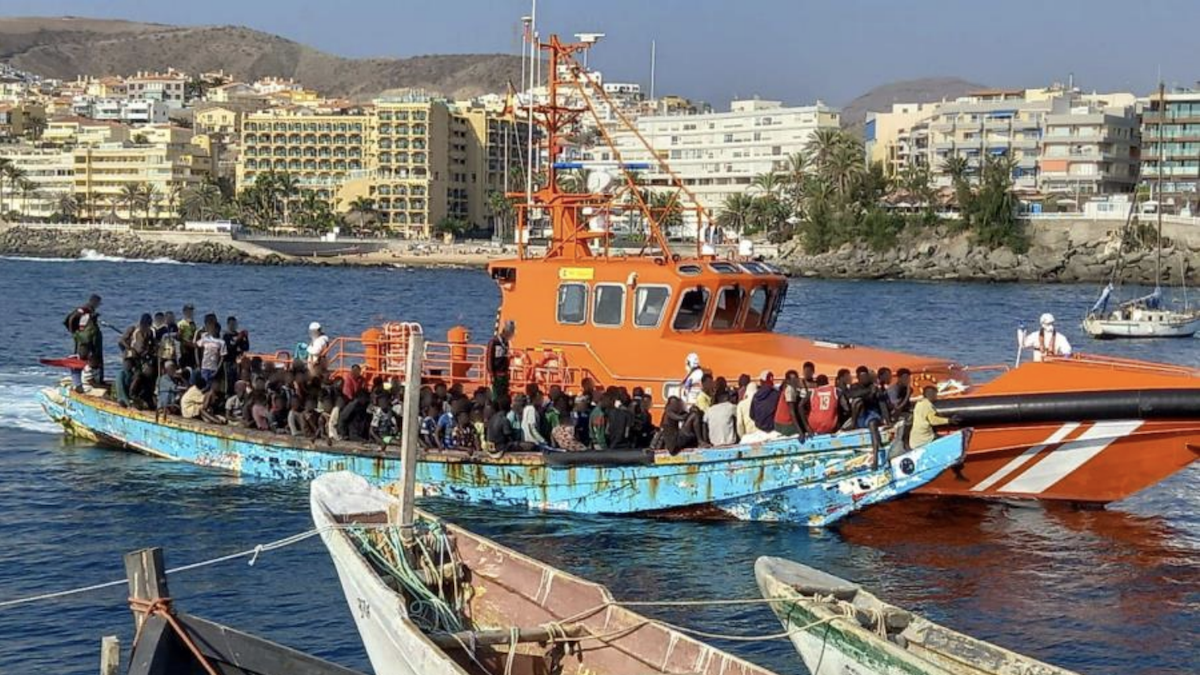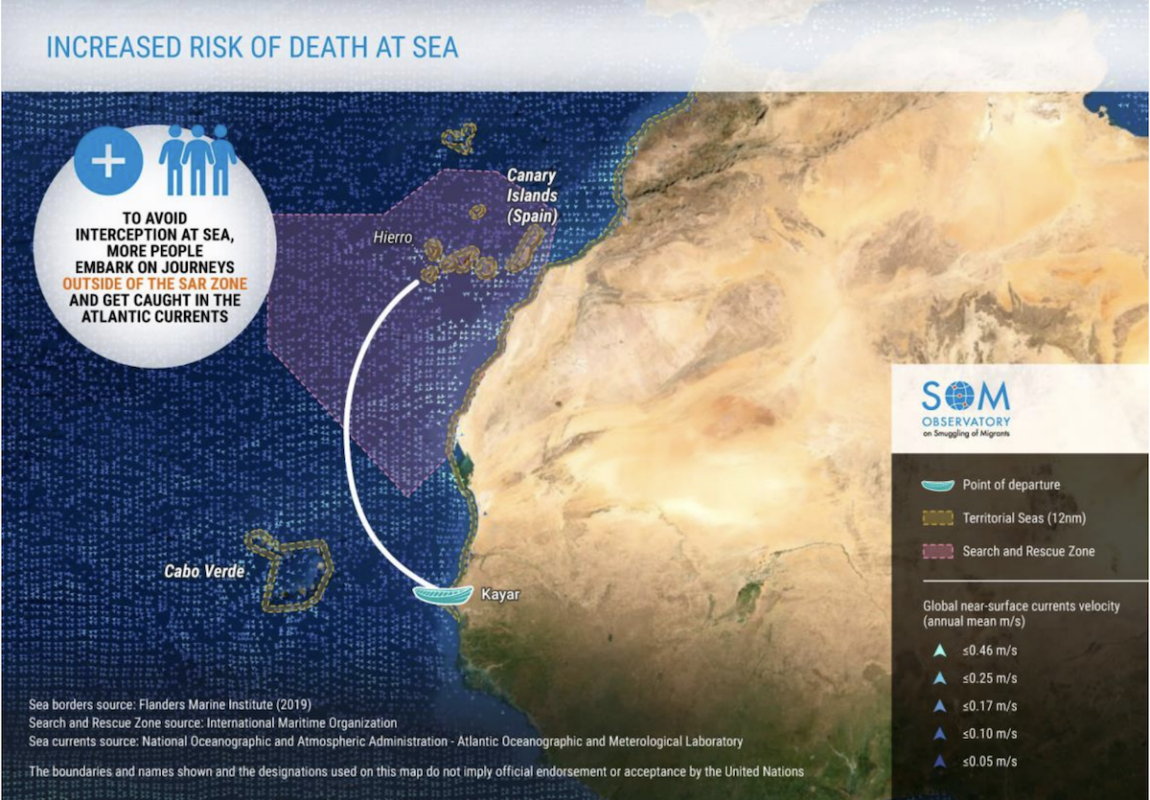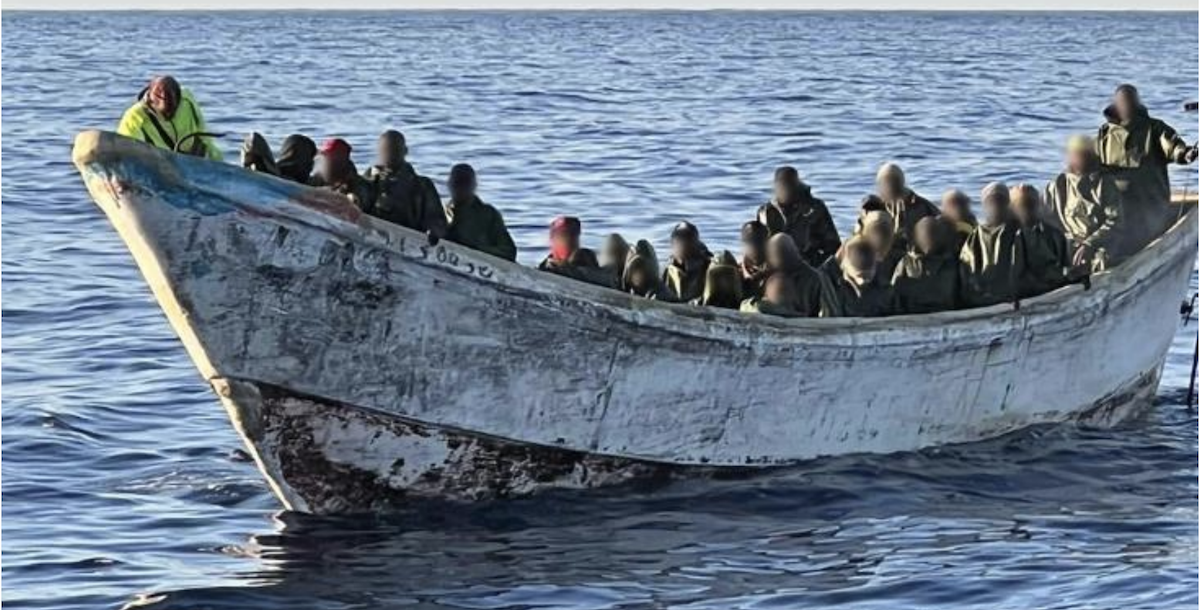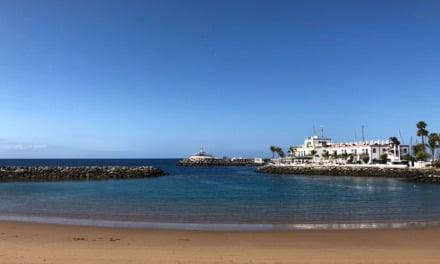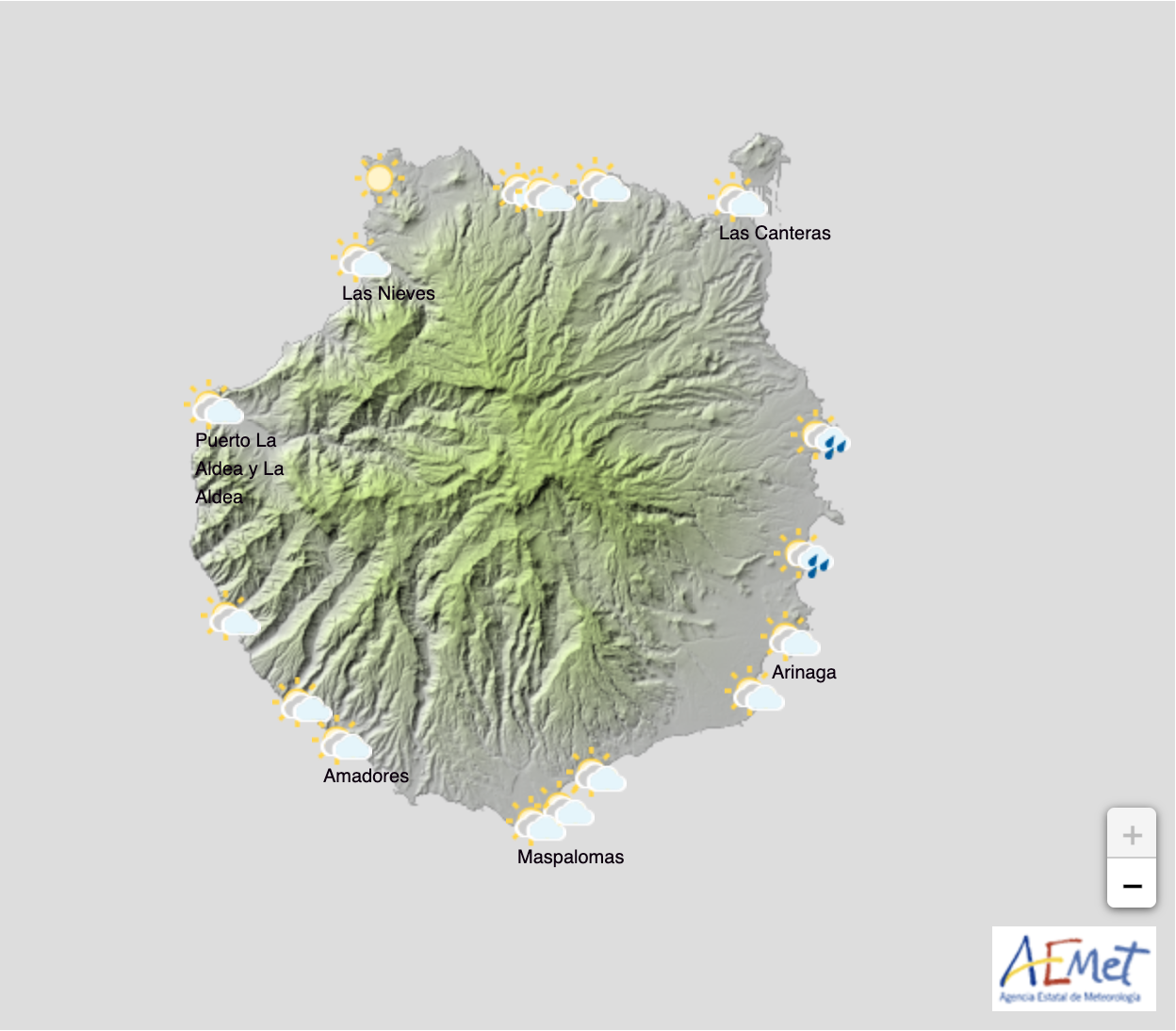The Canary Islands, off the northwest coast of Africa, have found themselves now at epicenter of one of Europe’s most pressing humanitarian crises. In 2023, the islands witnessed an unprecedented migrant arrivals by sea, a phenomenon with deep historical roots yet exacerbated by contemporary geopolitical and socioeconomic factors. Pope Francis has recently discussed the issue with Canary Islands’ President Clavijo, and has even suggested that he may visit the islands later this year, to see the situation with his own eyes.
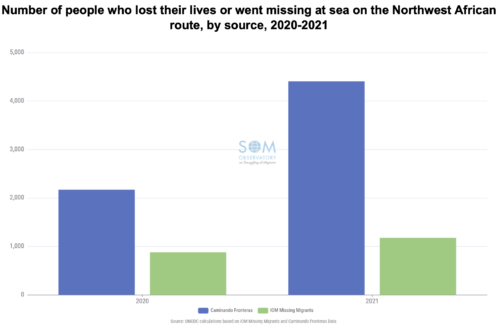 In 2023, the perilous journey to the Canary Islands claimed the lives of a significant number of migrants. According to various sources, the number of people who died trying to reach the Canary Islands by boat is estimated to be around 6,007 to 6,618. This figure is notably higher than in previous years, indicating an alarming increase in fatalities along this migratory route.
In 2023, the perilous journey to the Canary Islands claimed the lives of a significant number of migrants. According to various sources, the number of people who died trying to reach the Canary Islands by boat is estimated to be around 6,007 to 6,618. This figure is notably higher than in previous years, indicating an alarming increase in fatalities along this migratory route.
The Atlantic route, from West Africa to Spain’s Canary Islands, was identified as the deadliest, accounting for most of these tragic losses. Among those who perished were 363 women and 384 children. The increase in deaths has been attributed to various factors, including intensified border controls and the lack of timely search and rescue operations. Organizations like Caminando Fronteras, which provided these figures, have criticized the approach of prioritizing border control over the right to life, highlighting the need for more humane and proactive measures in handling this crisis.
The problems are made worse by the fact that more and more boats are attempting to travel around the Search And Rescue zones, heading south and west before turning north, in an attempt to avoid detection, as those discovered near to the African coasts will almost certainly be returned there. This leads to increasing numbers of migrants simply disappearing out into the ocean, never to be heard of again.
A Phenomenon More Than Three Centuries In The Making
For over three centuries, the southern coasts of Spain, including the Canary Islands, have been a beacon for migrants. This long history is marked by fluctuating patterns, often reflecting broader global political and economic shifts. However, the recent spike in arrivals, particularly in the small island of El Hierro, is extraordinary. In 2023, Spain saw nearly 57,000 irregular migrant entries, almost double the figure from 2022. Alarmingly, almost 70% of these arrivals were in the Canary Islands, with a 154% increase from the previous year, reaching just short of 40,000 individuals.
The arrival of migrant boats to the southern Spanish coasts, and the Canary Islands, has a long history in this region. Dating back to at least the 17th century, the Canary Islands have been a destination for migrants due to their geographical location as a gateway between Europe, Africa, and the Americas. In fact if you go back more than 550 years it would be Europeans and the Spanish who would have been the most notable migrant arrivals, long before they became the colonial conquerers of the ancient cultures here, who themselves are thought to have originated from the Amazigh and Berber peoples of North Africa, some three millenia prior to that. It is not a new pehnomenon. Over the centuries, these islands have witnessed various waves of migration influenced by economic, political, and social factors. However this last year has seen a continuing surge in migrant arrivals, the latest chapter in a long-standing historical pattern, albeit with unique contemporary drivers and challenges.
 A Multifaceted Crisis
A Multifaceted Crisis
The recent escalation in migrant arrivals can be attributed to various reasons and factors intertwined, with growing connectivity between cultures where many still feel left behind:
- Economic Disparities: Many migrants, primarily from African nations like the Sahel region, Morocco, and sub-Saharan Africa, embark on perilous journeys driven by stark contrasts in economic opportunities and living standards. Their aim is a better life in Europe, even at great personal risk.
- Political Instability and Route Shifts: The aftermath of the Covid pandemic has seen a shift in migration routes. With increased surveillance and stringent policies in the Mediterranean, the Atlantic route to the Canary Islands, despite its dangers, has emerged as a viable alternative for desperate migrants.
- Challenges for Local Communities: The influx of migrants poses a significant challenge to the small communities on islands like El Hierro. These areas, with limited resources, struggle to manage the reception and processing of arrivals, testing their resilience.
- Broader Implications: The crisis extends beyond Spain, impacting the European Union and African nations. Policies and actions by these governments greatly influence migration trends and responses.
- Smugglers and Trafficking Networks: These networks exploit the desperation of migrants, facilitating dangerous journeys for profit.
What happens when irregular migrants arrive on the Canary Islands:
In the case of adult migrants, whether they claim legitimate asylum or not, they are transferred to the Spanish mainland and distributed through a network of reception centers managed by NGOs. This typically happens within a week of their arrival. The efficiency of these transfers has prevented saturation of reception centers in the Canary Islands. As of now, these centres are at around 70% occupancy, showing a distinct improvement compared to the dire situation that emerged during the pandemic, when almost all flights were grounded.
As for Minors, responsibility falls to the authorities of the regions where they arrive. Currently, there are about 4,500 unaccompanied minors being cared for on the Canary Islands. However, there are many challenges in providing adequate care and integration for them. Since 2021, only about 700 have been transferred to mainland Spain following an interregional agreement to distribute these youngsters across various Spanish territories. The Canary Islands government faces difficulties in guaranteeing operational capacity to manage these minors effectively, especially regarding their education and future integration. As children, the Spanish state, through the regional executive, assumes the cost of care and the provision of accommodation.
Specific statistics for the proportion of migrants who are allowed to stay in Spain, or continue their journeys on to elsewhere, versus those returned to their countries of origin, are not made readily available. However, the decisions on who can stay, and who will be returned, are typically based on individual assessments of each migrant’s situation, including considerations for asylum, refugee status, or other forms of protection under international and Spanish law. The recent increase in migrant arrivals and the complex nature of these situations make the process of determining who stays and who is returned a challenging and ongoing issue. Some past estimates have put the proportion of irregular migrants returned to their point of origin as high as 90%, and more than half of those, according to NGOs on the ground, will try again and again.
Political and Social Impacts
This situation has far-reaching political and social implications. How to ensure the safety and humane treatment of migrants is, for most gornements and institutions, paramount, given the perils of their journey and the scarcity of resources at the destinations they arrive. The management of these crises also fuels anti-migrant rhetoric, and even stark instances of xenophbia, shaping the debate around immigration policies within Spain and across the EU, mirroring dynamics seen also between the United States and Mexico.
Complex Cooperation Agreements Trying To Address Root Causes
There are very few ways to deter those willing to risk their lives in open boats as they attempt to reach Europe. Often those who attempt the crossings are very misinformed about not only the journey, but also what they can realistically expect to happen if they do manage to succeed. Many will have paid exorbitant fees to traffickers, with no guarantees of success, working for unscrupulous brokers just to make the attempt. Some suggest that on average, before even stepping on a boat, most will have been working their way towards the coasts for a number of years. The ever-increasing problems of climate change and water scarcity exacberate the issues, as the Sahel and other regions become more arid and more dangerous.
Foreign Aid and Development Programs are essential in tackling the root causes of migration, such as economic disparities and political instability in the countries of origin.
Promoting political stability strengthens governance in African nations which can lead to a more holistic approach to mitigating the push factors driving migration in the first place.
Comprehensive European-African Cooperation is key. Beyond mere border control, there is a need for rational and complex cooperation between European and African states and international organizations to manage migration effectively and humanely. Creating legal routes and opportunities is often cited in the face of unwieldy policies of deterrance, which often do little to sway would-be migrants despite appearing to offer a “tough” stance to domestic voters at home.
While the Canary Islands have been a nexus of migration for centuries, the recent surge in arrivals underscores a distinct urgency to addressing this complex crisis. It calls for a balanced approach that both respects human dignity, supports local communities, and fosters international collaboration to tackle the real deep-seated issues driving this phenomenon.

